Diagnostic hysteroscopy is currently a routine examination within gynecology.
It is performed in an outpatient clinic. It does not need any anesthesia, or any additional preparation and its average duration is 2 to 3 minutes.
What is it?
Hysteroscopy is the diagnostic procedure that allows direct visualization of the cervical canal and the uterine cavity. There are two types of hysteroscopy depending on whether it is only used to see the inside of the uterus (diagnostic hysteroscopy) or whether it is also used as an intervention method (surgical hysteroscopy). Both are performed on an outpatient basis, with or without anesthesia depending on the patient's characteristics.
How is it performed?
It consists of the introduction of a small 3-4 mm caliber optic through the vagina and cervix until reaching the uterus. We will use a distension medium (saline) to separate its walls. This allows visualization of the cervical canal, uterine cavity, menstrual layer (endometrium) and exit of the tubes. In this way, we can identify the possible pathology that may exist.
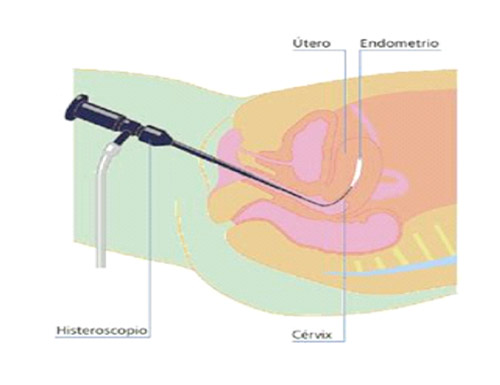
One of its great advantages is that it allows targeted biopsies to be taken for the histological study of the most representative area of the endometrial mucosa. The video camera allows the patient and doctor to comment on the test through a television monitor.
What are its indications?
The main indications for hysteroscopy are:
- Menstrual disorders (heavy periods or bleeding between periods).
- Postmenopausal metrorrhagia.
- Sterility or infertility.
- Inconclusive gynecological ultrasound, cytology, or endometrial biopsy that suggests a pathology in the endometrium.
The most common findings of hysteroscopy are:
- Polyps.
- Intrauterine myomas or fibroids.
- Uterine malformations, such as septate uterus.
- Hyperplasia or excessive growth of the endometrium.
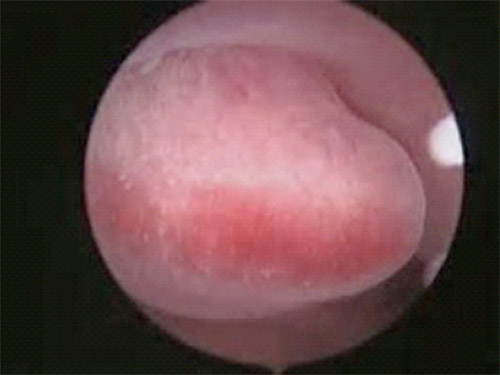
Endometrial Polyp
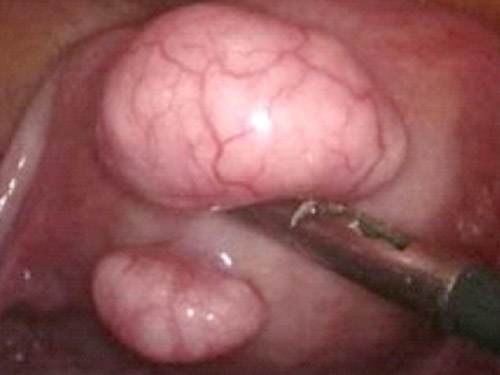
Uterine Fibroid
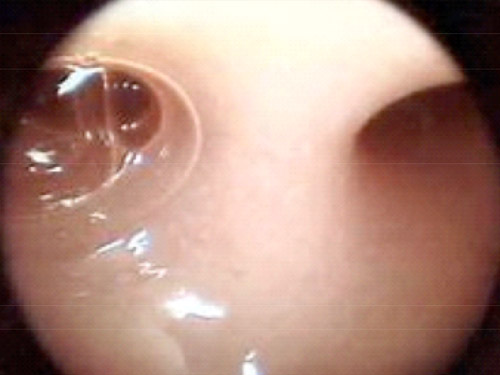
Uterine Septum
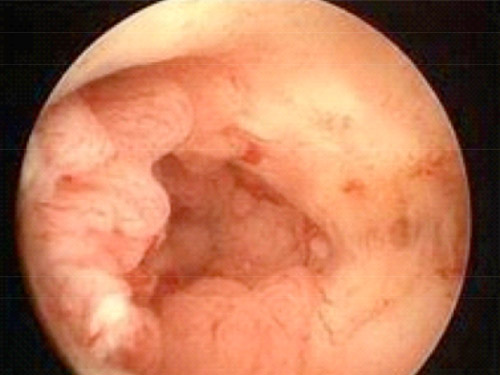
Endometrial Hyperplasia
After the procedure
It is normal to experience fluid loss, slight vaginal bleeding, and even abdominal discomfort similar to mild menstrual pain after the procedure.
The woman can resume normal activities immediately after the procedure.